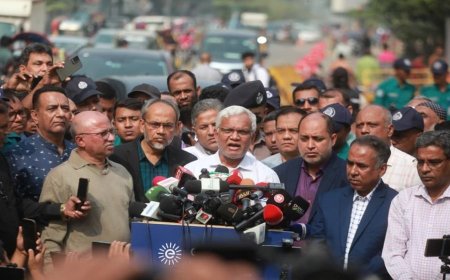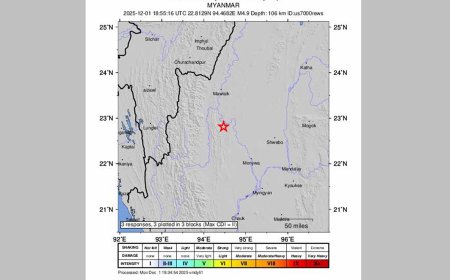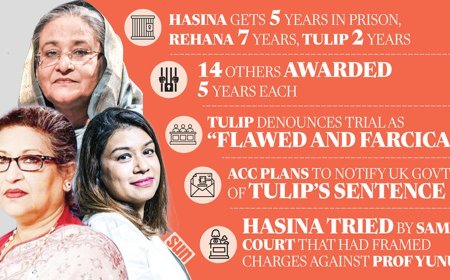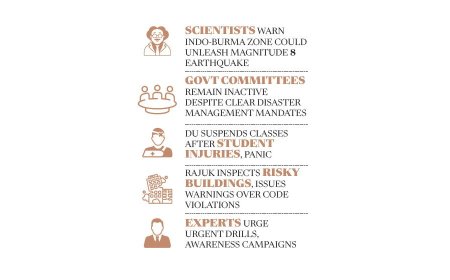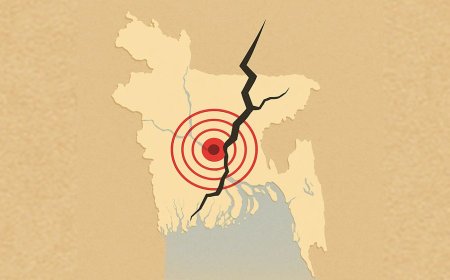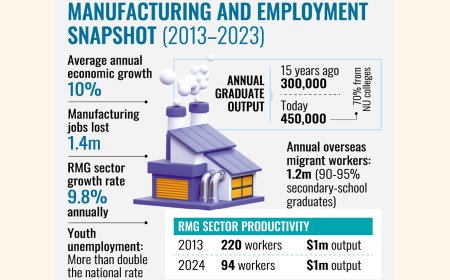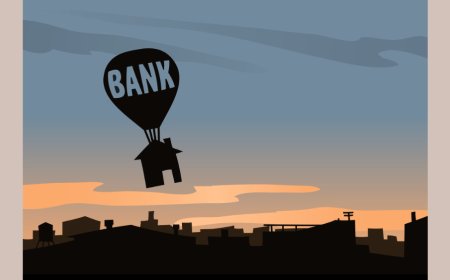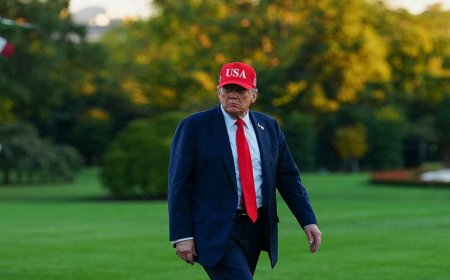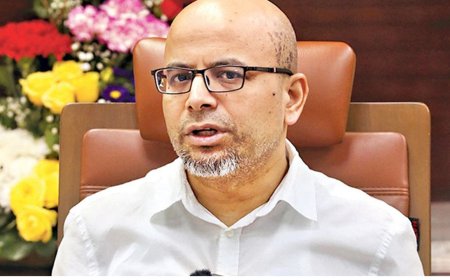US Government Shuts Down After Congress Fails To Reach Funding Deal
Operations Will Halt At Several Federal Departments And Agencies, Impacting Hundreds Of Thousands Of Government Employees
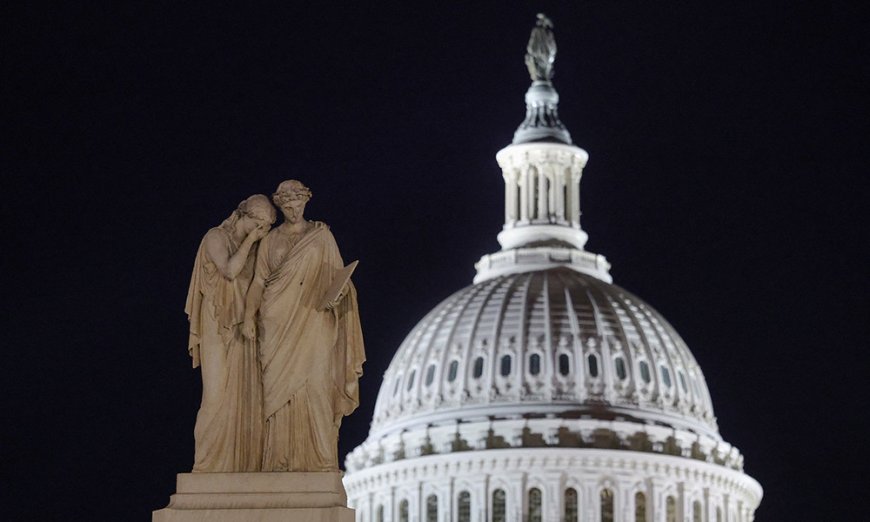
US Government Shuts Down After Budget Deadlock
The US government began shutting down shortly after midnight Wednesday, as lawmakers and President Donald Trump failed to resolve a bitter budget standoff centered on Democratic demands for health care funding.
This marks the first shutdown since the record 35-day closure nearly seven years ago. The stoppage has forced multiple federal departments and agencies to halt operations, leaving hundreds of thousands of government employees without work.
Trump blamed Democrats for the impasse, warning that the shutdown could lead to widespread public sector layoffs. “So we’d be laying off a lot of people that are going to be very affected. And they’re Democrats, they’re going to be Democrats,” he told reporters, adding that “a lot of good can come down from shutdowns,” suggesting he would use the pause to eliminate programs he called “Democrat things.”
The shutdown began at 12:01 am (0401 GMT), after the Senate failed in a last-minute attempt to pass a short-term funding resolution approved earlier by the House. A final White House meeting on Monday had already ended without progress, leaving compromise hopes slim.
Democrats, though in the minority in both chambers, sought to leverage their position to push for restored health care funding—particularly subsidies under the Affordable Care Act for low-income households, which the Trump administration has threatened to cut. Republicans wanted only a temporary extension until late November.
With almost all Senate Democrats voting against the seven-week stopgap plan, the government is now facing an indefinite closure.
Since 1976, there have been 21 shutdowns, some lasting only hours. The longest began on December 22, 2018, when Democrats and Trump clashed over his $5.7 billion border wall demand. That closure furloughed 380,000 federal employees while another 420,000 worked without pay.
For now, essential services—including the Postal Service, the military, and welfare programs such as Social Security and food stamps—will continue. But up to 750,000 workers could be sent home daily without pay until the shutdown ends, according to the Congressional Budget Office.
The Senate is due back Wednesday but will break Thursday for Yom Kippur before returning Friday, leaving the timeline for a deal uncertain.
What's Your Reaction?







